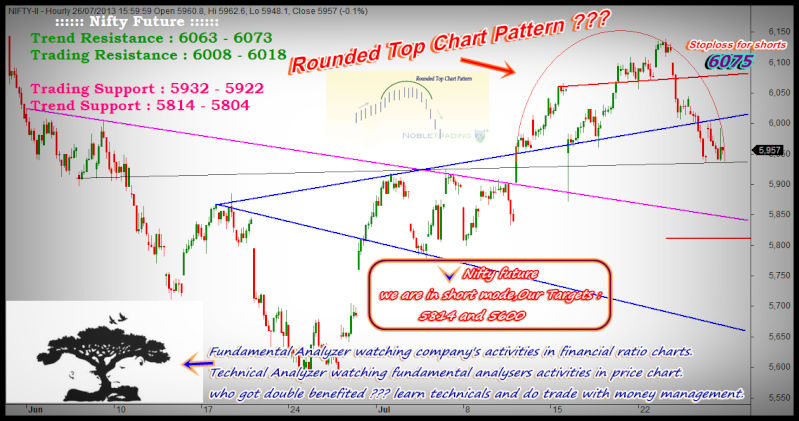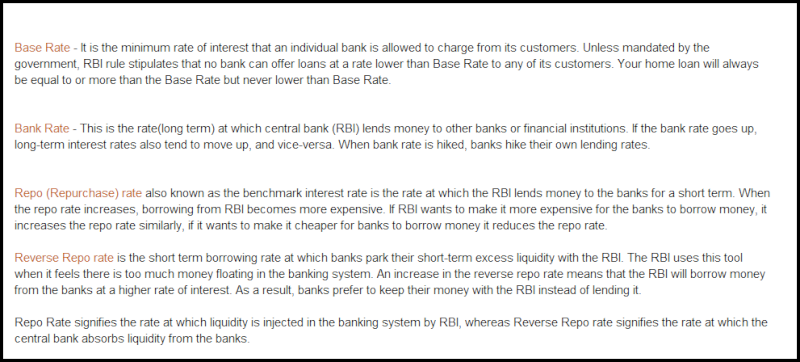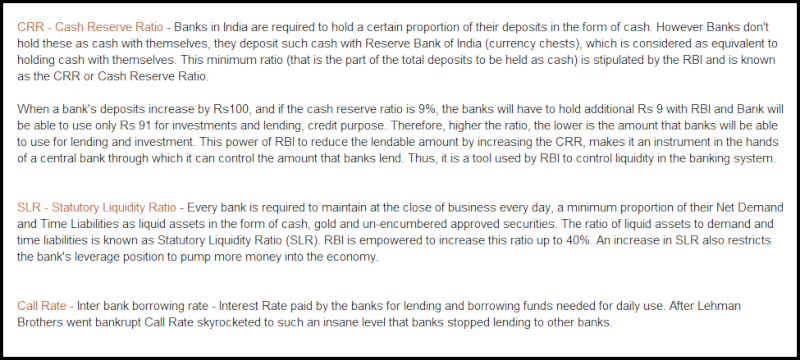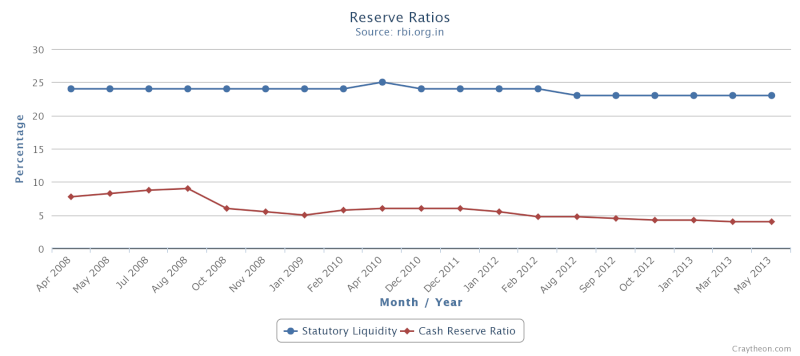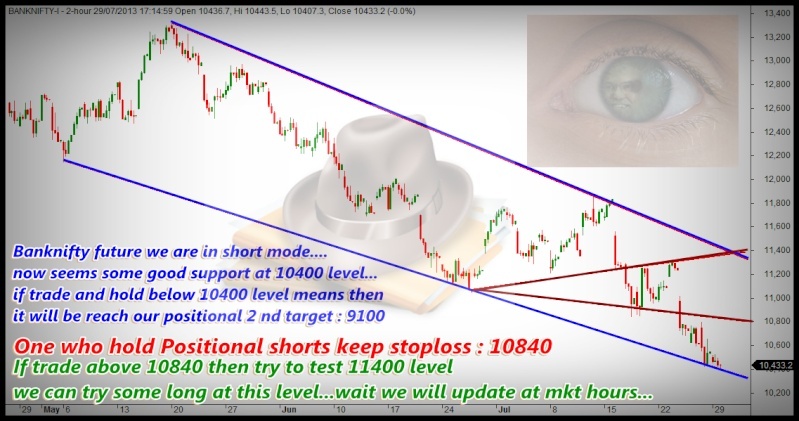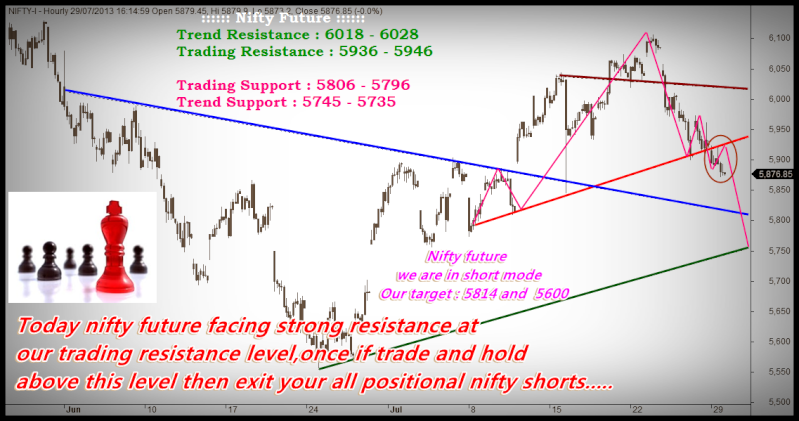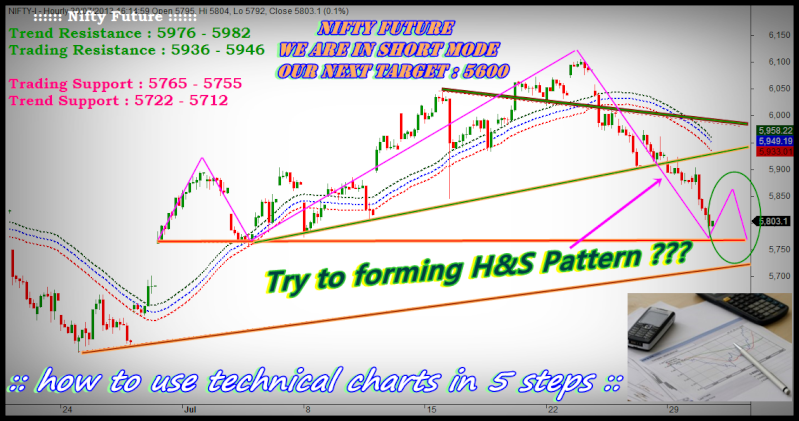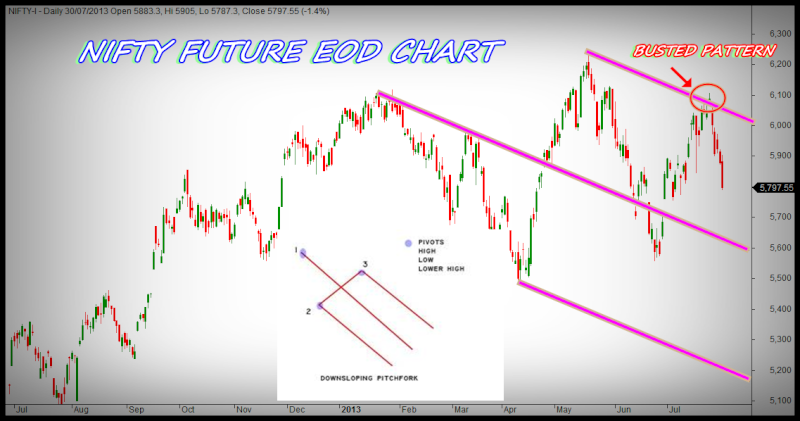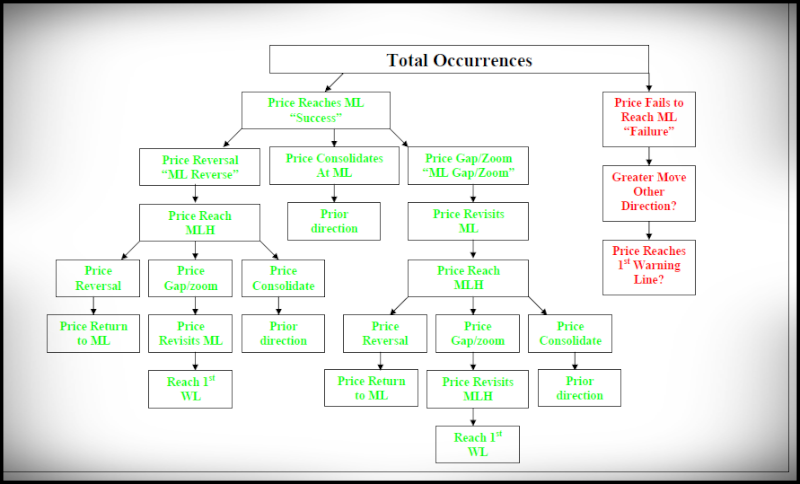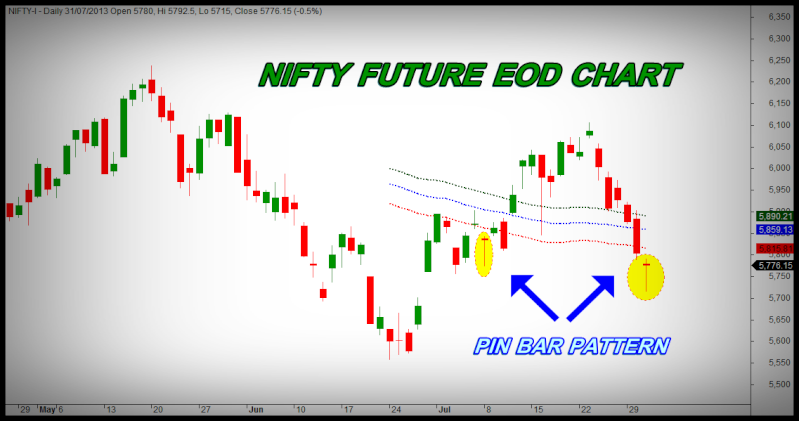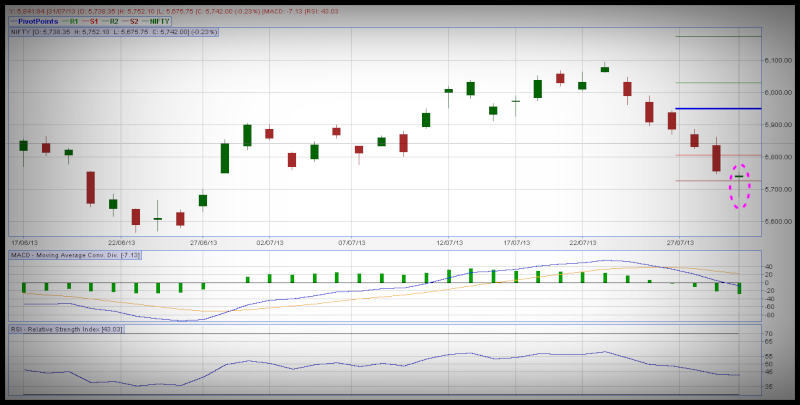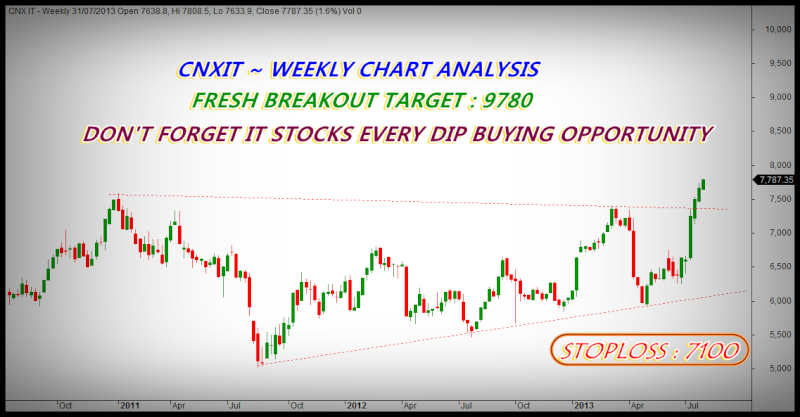Portfolio hedging with stock beta

PORTFOLIO HEDGING WITH STOCK BETA
How to reduce risk in your portfolio, to protect favorite stocks, that you are not ready to exit and want to hold for long term.
Hedging with beta
Beta of stock is the measure of volatility of that stock in relation to the market/index. Beta more than 1 means, that stocks movement will be more than the index(up/down).
Imagine your portfolio worth 10 lakhs and you want to be immune from the correction thats going to happen.
Example for beta hedging
Portfolio value = 1000000 ( 10 lakhs)
Beta value of Portfolio = 1.2
Imagine Nifty currently trading at 6000.
As beta value is 1.2, for every 1 % change in nifty there will be 1.2% change in value of your portfolio.
Hedging method with Nifty future
Worth of index, needed to sell = (1000000 X 1.2) = 1200000 ( 12 lakhs)
That means to hedge a 10 lakhs worthing portfolio, with 1.2 beta , you need to sell nifty index that worths 12 lakhs.
Means (1200000/6000) = 200 nifty,
Lot size of nifty = 50 , so 200/50 = 4, you need to sell 4 lots of nifty future.
This is not the most accurate method to neutralize your portfolio, because there will be changes in beta, well this is a useful method to reduce losses and sit safe in short term prospective .

PORTFOLIO HEDGING WITH STOCK BETA
How to reduce risk in your portfolio, to protect favorite stocks, that you are not ready to exit and want to hold for long term.
Hedging with beta
Beta of stock is the measure of volatility of that stock in relation to the market/index. Beta more than 1 means, that stocks movement will be more than the index(up/down).
Imagine your portfolio worth 10 lakhs and you want to be immune from the correction thats going to happen.
Example for beta hedging
Portfolio value = 1000000 ( 10 lakhs)
Beta value of Portfolio = 1.2
Imagine Nifty currently trading at 6000.
As beta value is 1.2, for every 1 % change in nifty there will be 1.2% change in value of your portfolio.
Hedging method with Nifty future
Worth of index, needed to sell = (1000000 X 1.2) = 1200000 ( 12 lakhs)
That means to hedge a 10 lakhs worthing portfolio, with 1.2 beta , you need to sell nifty index that worths 12 lakhs.
Means (1200000/6000) = 200 nifty,
Lot size of nifty = 50 , so 200/50 = 4, you need to sell 4 lots of nifty future.
This is not the most accurate method to neutralize your portfolio, because there will be changes in beta, well this is a useful method to reduce losses and sit safe in short term prospective .








